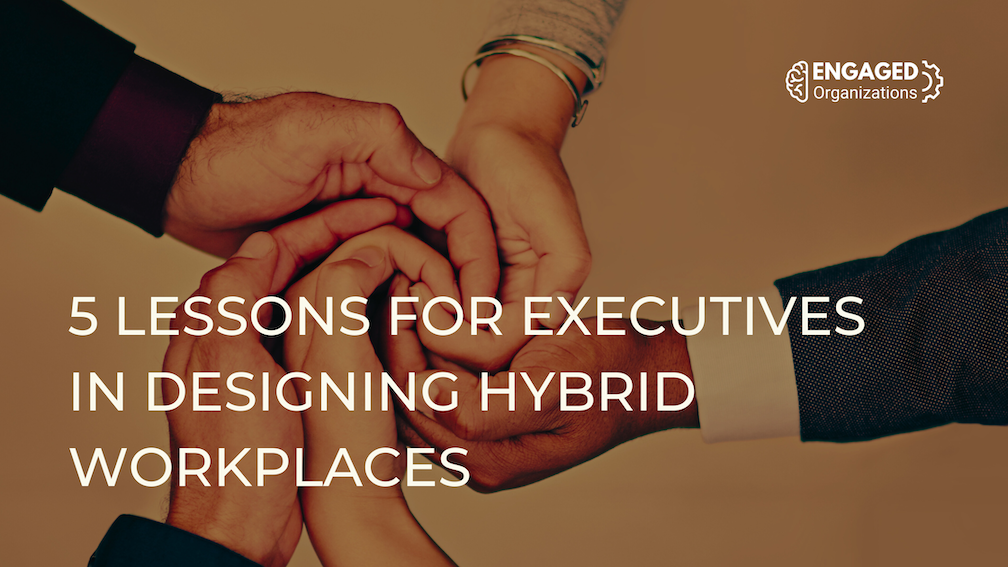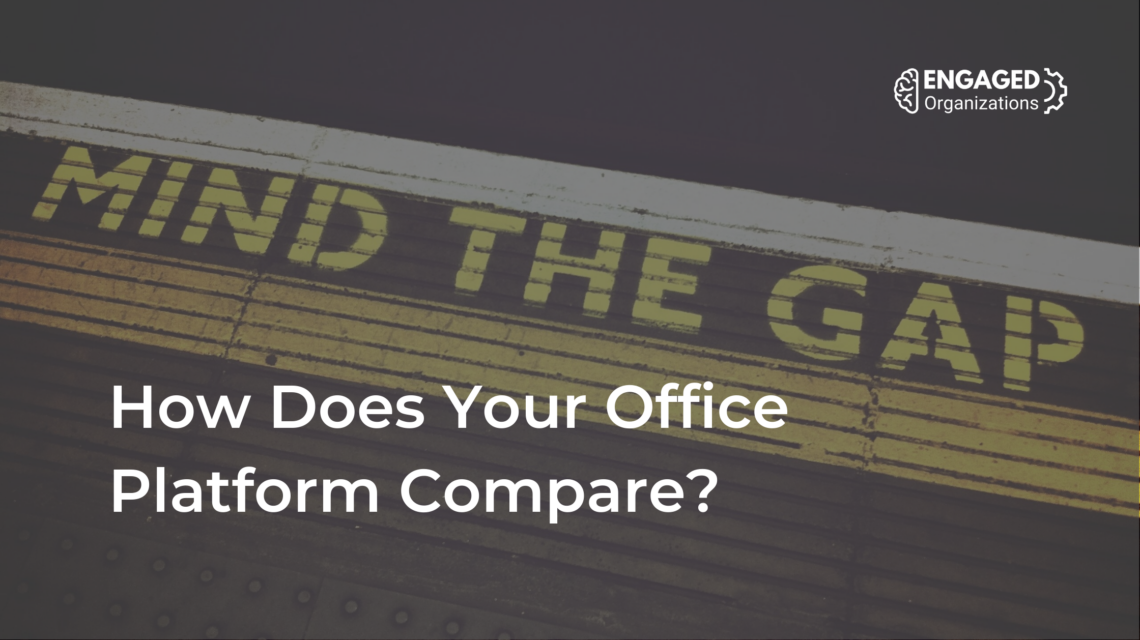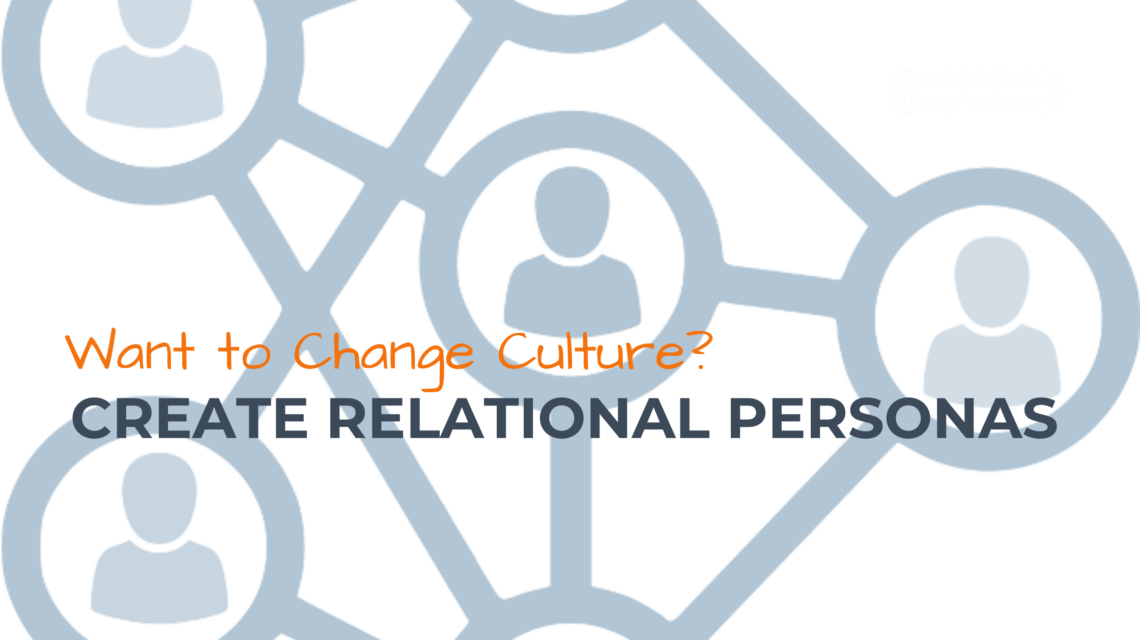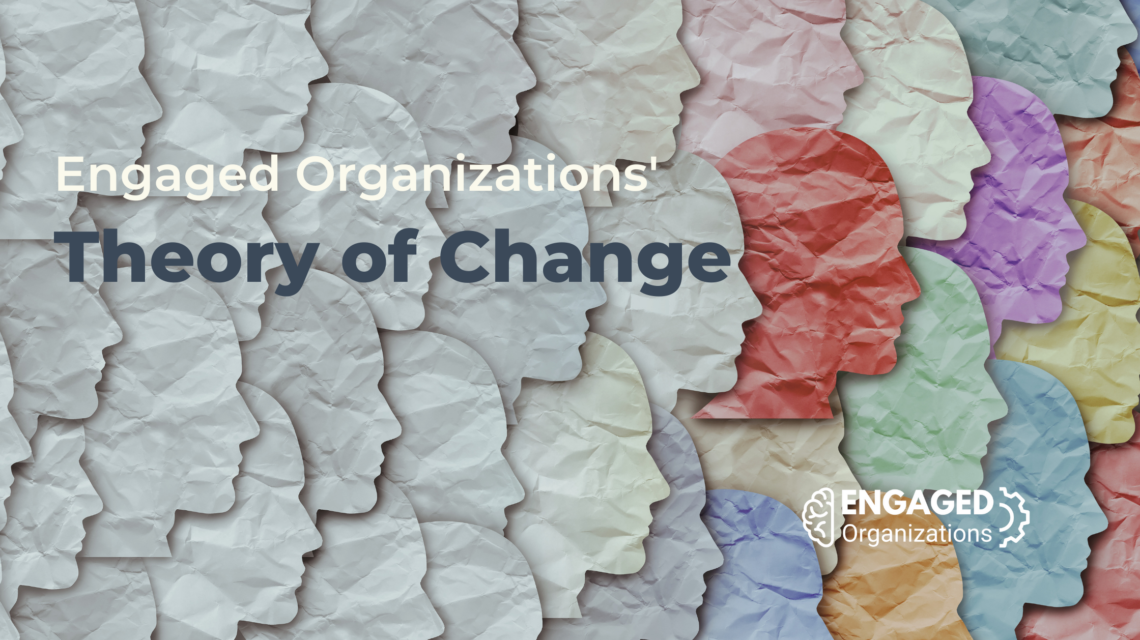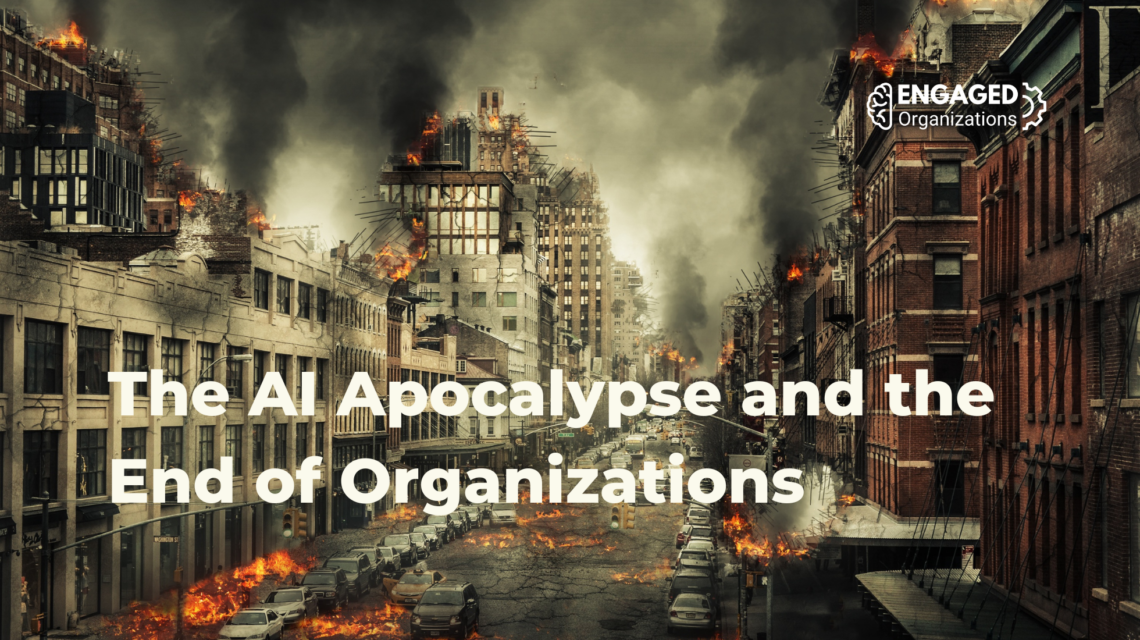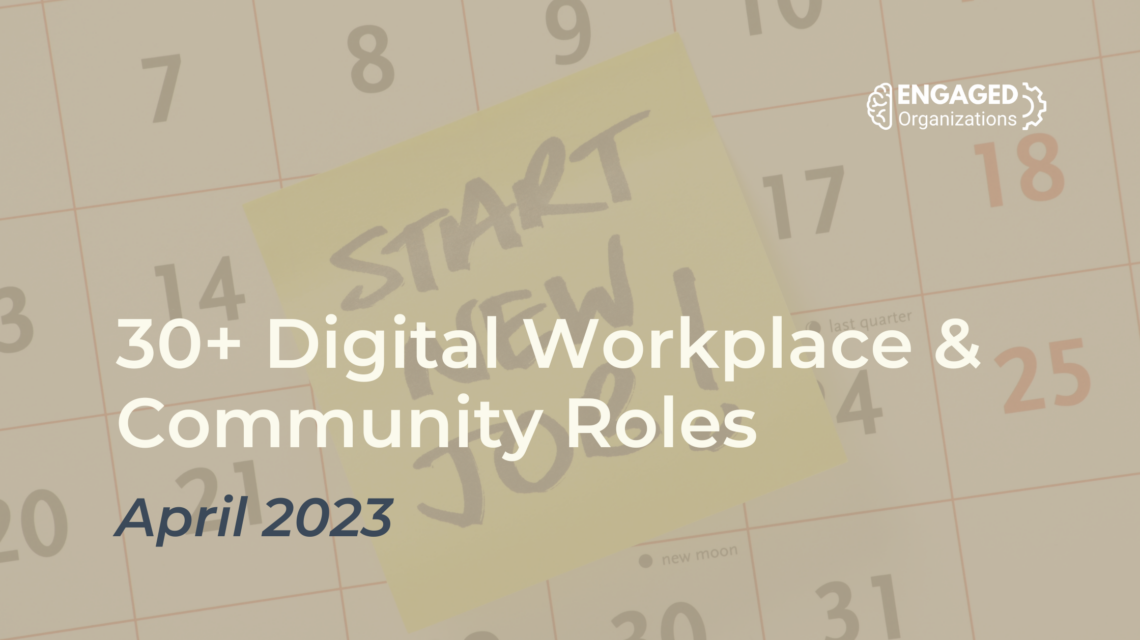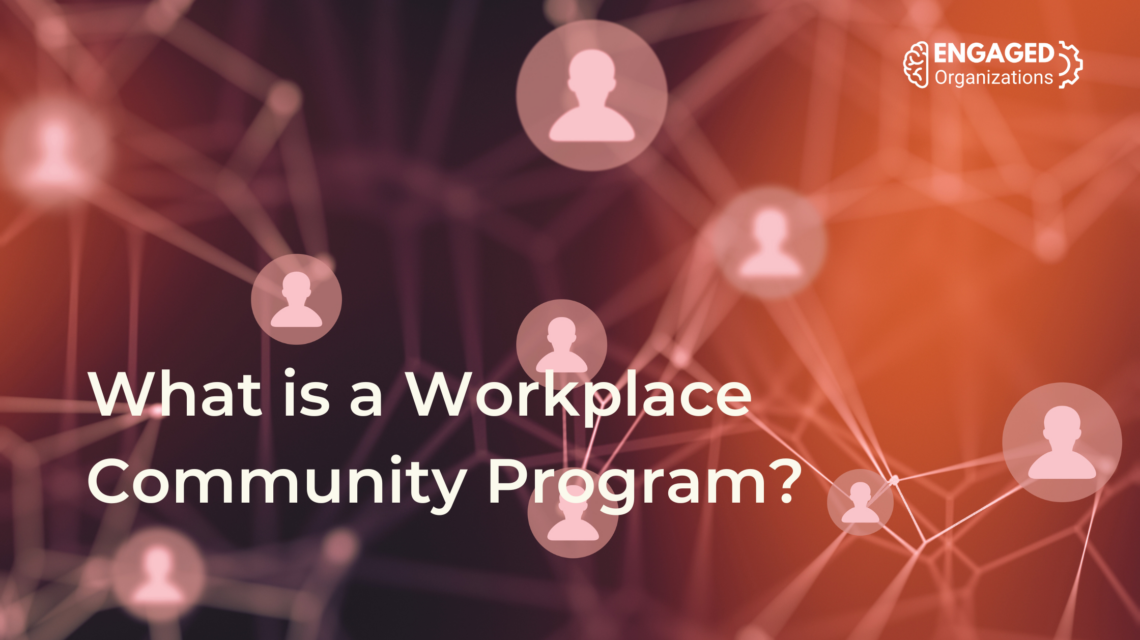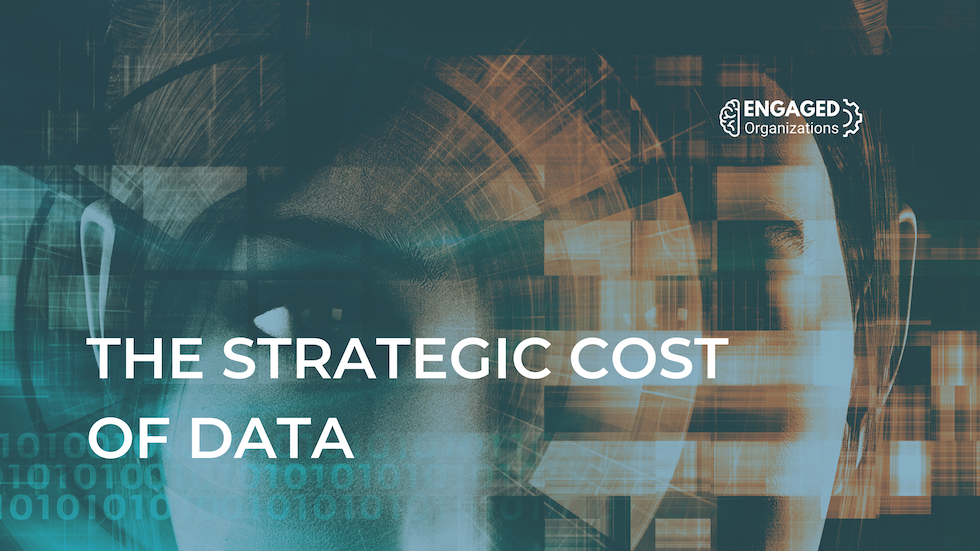
Most executives do not think about the strategic cost of data, yet it is creating significant operational costs and adding immense friction for employees across organizations. With the move toward SaaS solutions that allow employees and departments to adopt software without centralized IT oversight, the quantity of organizational data has exploded. In the Marketing space,
read more



